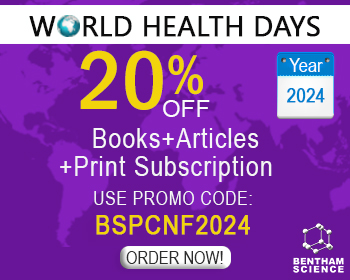Abstract
Background: Resistance to malarial drugs represents a major obstacle in the treatment of disease, thereby increasing the need for more efficient drugs. The development of metal complexes offers the medicinal chemist an opportunity to expand the activity of drugs. For providing supportive therapy to the host to boost its immune system several new antimalarial drugs are being beneath research, but sufficient information on their efficacy is yet not available.
Methods: In view of above, eight drug metal complexes (Ba (II), Ca (II), Zn (II), St (II), Hg (II), Fe (III), Cu (II), Ni (II) of Sulfamethoxazole (SMX) and Primaquine were synthesized and in-vitro evaluated for their antimalarial activity against malaria parasite Plasmodium falciparum by using fluorescence based assay.
Result: The antimalarial activity of Nickel (EC50= 1.41µM) and Zinc (EC50=0.96µM) complexes have shown tremendous activity as compared to the standard drug Primaquine (EC50=0.07µM). The structures of all these newly synthesized derivatives were confirmed by spectral data (IR, 1H NMR, 13C NMR and Mass spectrometry).
Conclusion: In conclusion, this study describes that the preparation and antimalarial evaluation of metal complexes of primaquine and sulphamethoxazole. Evaluation of their possible biological activities such as antimalarial activity was carried out and most of the synthesized compounds (Nickel and Zinc metal complexes) showed the good activity as compared to the standard drug primaquine. Therefore the compounds are appropriate candidates for more investigation and some more derivatives can be synthesized to get an imminent into the structure activity relationship of these compounds to be employed as biologically useful agents.
Keywords: Primaquine, metal complexes, antimalarial drugs, inflammation, morbidity, Plasmodium falciparum.
[http://dx.doi.org/10.1016/j.pharmthera.2016.03.011] [PMID: 27016470]
[http://dx.doi.org/10.1016/S1473-3099(02)00372-9] [PMID: 12206972]
[http://dx.doi.org/10.1016/j.actatropica.2016.04.009] [PMID: 27109040]
[http://dx.doi.org/10.1016/S1471-4922(01)02031-1] [PMID: 11756044]
[http://dx.doi.org/10.4269/ajtmh.2004.71.2_suppl.0700001] [PMID: 15331814]
[http://dx.doi.org/10.1126/science.1155165] [PMID: 18420924]
[http://dx.doi.org/10.4103/0971-5916.178571] [PMID: 18820349]
[http://dx.doi.org/10.1016/j.jmgm.2015.10.001] [PMID: 26521207]
[http://dx.doi.org/10.1016/j.bmc.2014.05.003] [PMID: 24857776]
[PMID: 27103894]
[http://dx.doi.org/10.1126/science.781840] [PMID: 781840]
[PMID: 22568052]
[http://dx.doi.org/10.1016/0022-1759(83)90303-4] [PMID: 6606682]


























